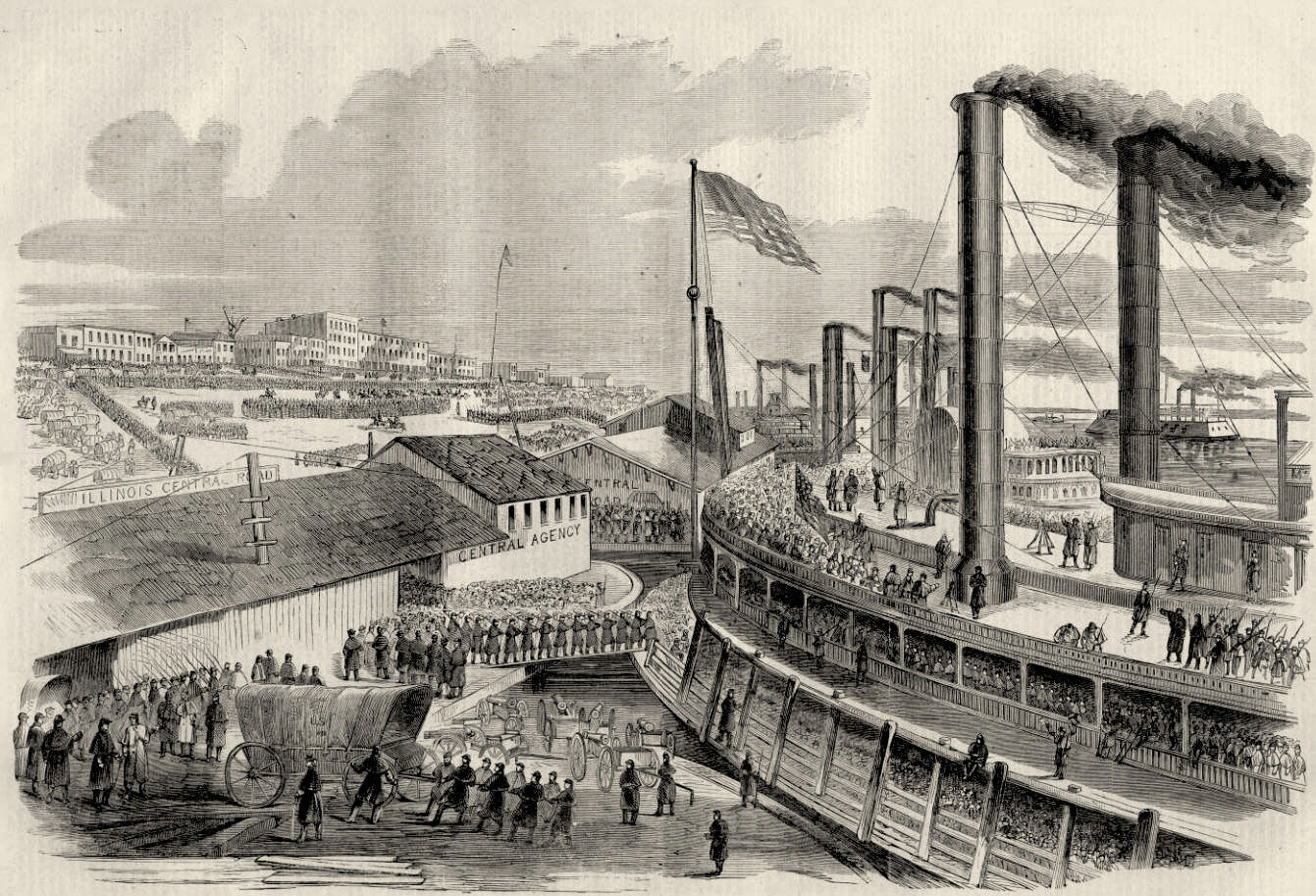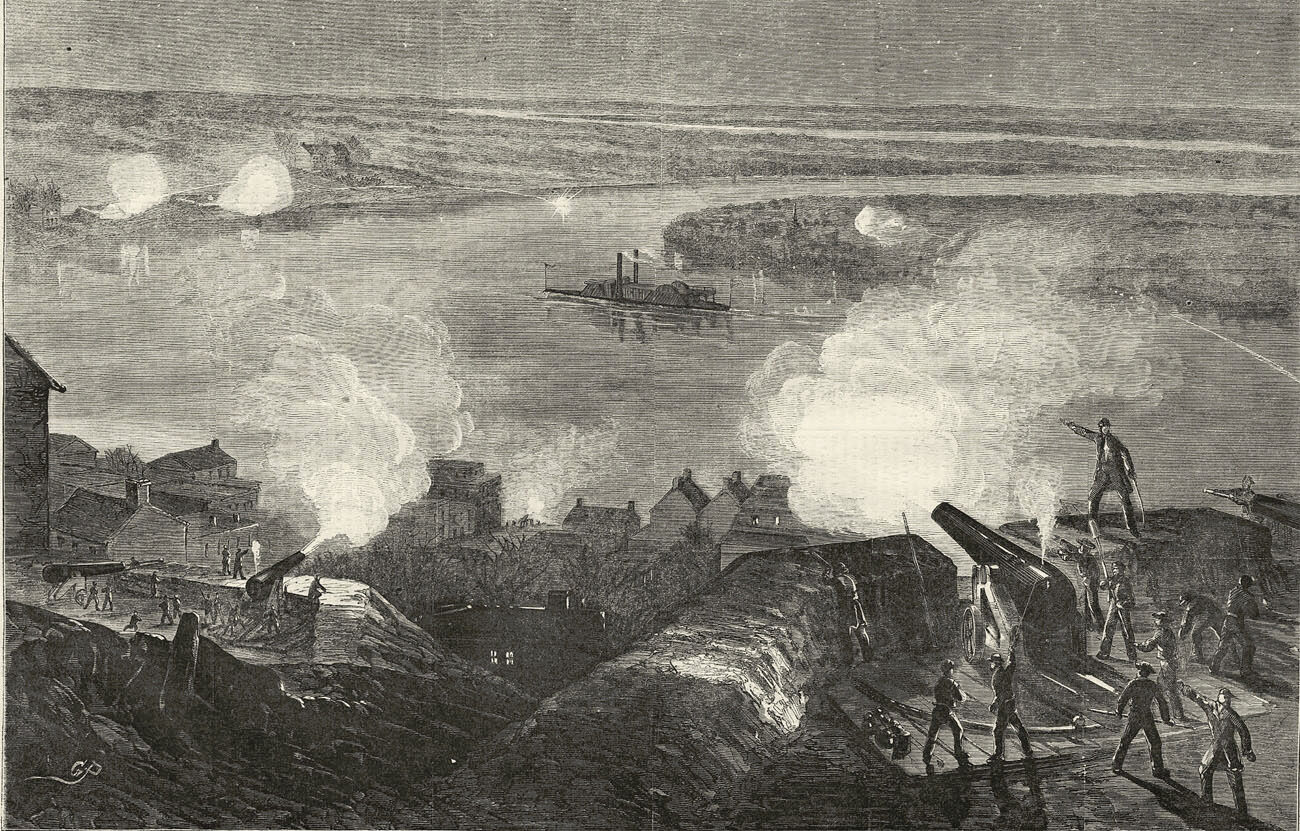-40%
Civil War Scenes after Battle of Fort Wagner Morris Island - Black Troops 1863
$ 21.64
- Description
- Size Guide
Description
Antique Print DescriptionThese are four original engraved prints titled,
"Morris Island Sketches."
The sketches are titled: "I. The Mortar Schooners And Wooden Gun-Boats Bombarding Fort Wagner And Battery Gregg;" "II. Ruins Of Light-House At The Inlet, Destroyed By The Rebels;" "III. Examining Passes On The Beach, Morris Island" and "IV. The Grand Guard Marching To, And Negro Fatigue-Party Returning From, The Trenches In Front Of Wagner."
The prints were published in a Civil War era Harper's Weekly dated September 5, 1863. The full page measures 10" x 15" and is in very good condition with 1/2" margins. Small repaired closed tear in left margin which does not effect the print and a small stain in lower margin which does not effect the printed area. This is an original engraving made from a sketch by an eye-witness. It is a highly displayable Civil War collectible and guaranteed to be as described. You may be interested in
our other listings
on eBay.
Frequently Asked Questions
Are those odd lines on the image a defect in the print?
Antique prints often have faint vertical or horizontal lines visible. Rather than a defect, they are a fascinating historical artifact of the popular engraving process employed by newspapers at the time of the Civil War? During the war, newspaper publishers needed a method where they could get the illustrations produced by newspaper artists in the battlefield to the American public as quickly as possible.
To do this, the illustration was divided into sections usually two inches square. Double page prints were divided into as many as 40 sections. The section was traced onto a wood block. Engravers cut into the wood with various tools creating a mirror image of their section of the illustration. The blocks were then screwed together, recreating the original illustration. This would then be inked and stamped onto the newsprint. The lines on the image above are a result of where the blocks of wood were joined together.
Will my antique print deteriorate?
Before 1870, newspapers were not made from wood pulp as they are today. Instead, they were printed on a sturdy paper made by pulping linen rags. These rags came from clothing and ship sails. Because this kind of paper contains very little acid, your antique print could easily retain its appearance for many years into the future, if handled properly.
Why do people purchase antique prints and maps?
Antique prints and maps portray a moment in history. Because they represent a broad range of subjects, they are particularly useful when looking for a unique gift. Interior design has become a huge market for antique prints. From small framed botanicals to large Civil War maps, from large framed old city views to a collection of framed Harper's satirical cartoons, antique prints provide a world of design possibility. If properly framed, antique prints and maps can be preserved for many decades.
Is this item really authentic or just a reproduction?
You can have confidence that the item you purchase is guaranteed to be an original and not a modern day reproduction of any kind.
Can I return an item I purchase?
All purchases come with a 100% satisfaction guarantee.




